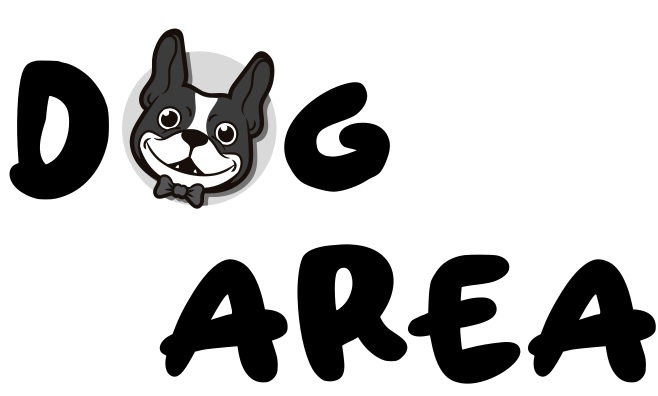How Soon Can a Dog Get Pregnant After Having Puppies?
We know so much about our furry friends, but their reproductive cycle, as unique as it is, is still a mystery from many points of view. The query “How soon can a dog get pregnant after having puppies?” touches on a significant aspect of dog reproduction.
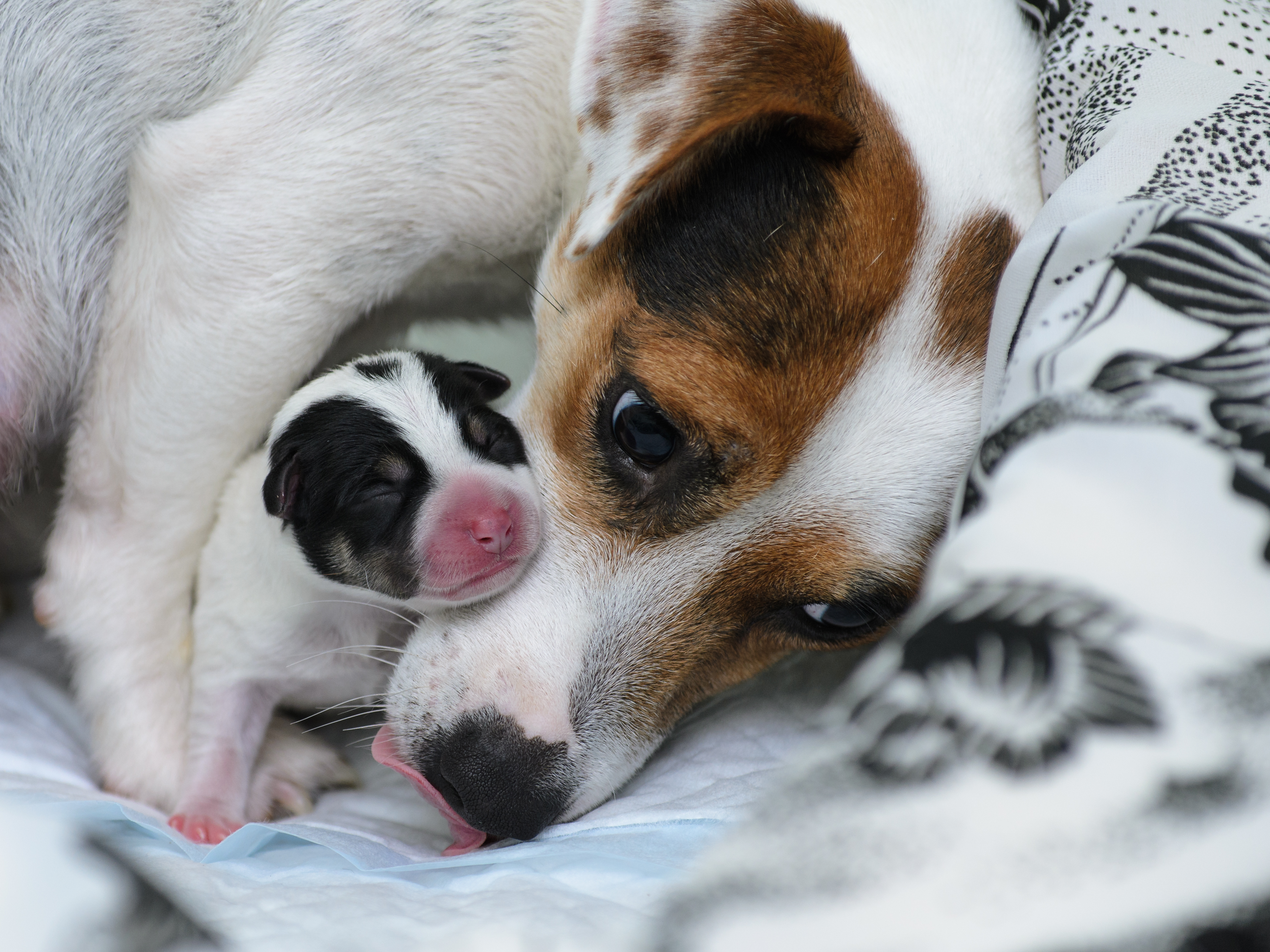
Typically, female dogs go into heat twice per year, and during this time, they can become pregnant again, even right after giving birth.
However, it`s essential to note that just because a canine can get pregnant soon after having pups doesn’t mean she should. Back-to-back pregnancies can result in significant health issues for the mother and her puppies, including developmental problems and nutritional deficiencies.
Veterinarians often advise allowing a female canine to rest and fully recover before breeding again, which normally means waiting at least a full heat cycle.
Our article comprehensively explains this topic to ensure the canine mother’s and future litters’ welfare.
Introduction: Unraveling Canine Reproduction
Navigating the complex world of dog reproduction needs a thorough understanding of a canine`s biological processes and the best practices for breeding. This topic is vital for most breeders and owners, as it is crucial in overall health and well-being, especially for females.
We want to demystify the canine estrous cycle here and now, shedding some light on how it differs from other mammals and what this means for the timing of pregnancies. This is essential as it not only helps in responsible breeding practices but also aids in preventing any unwanted pregnancies.
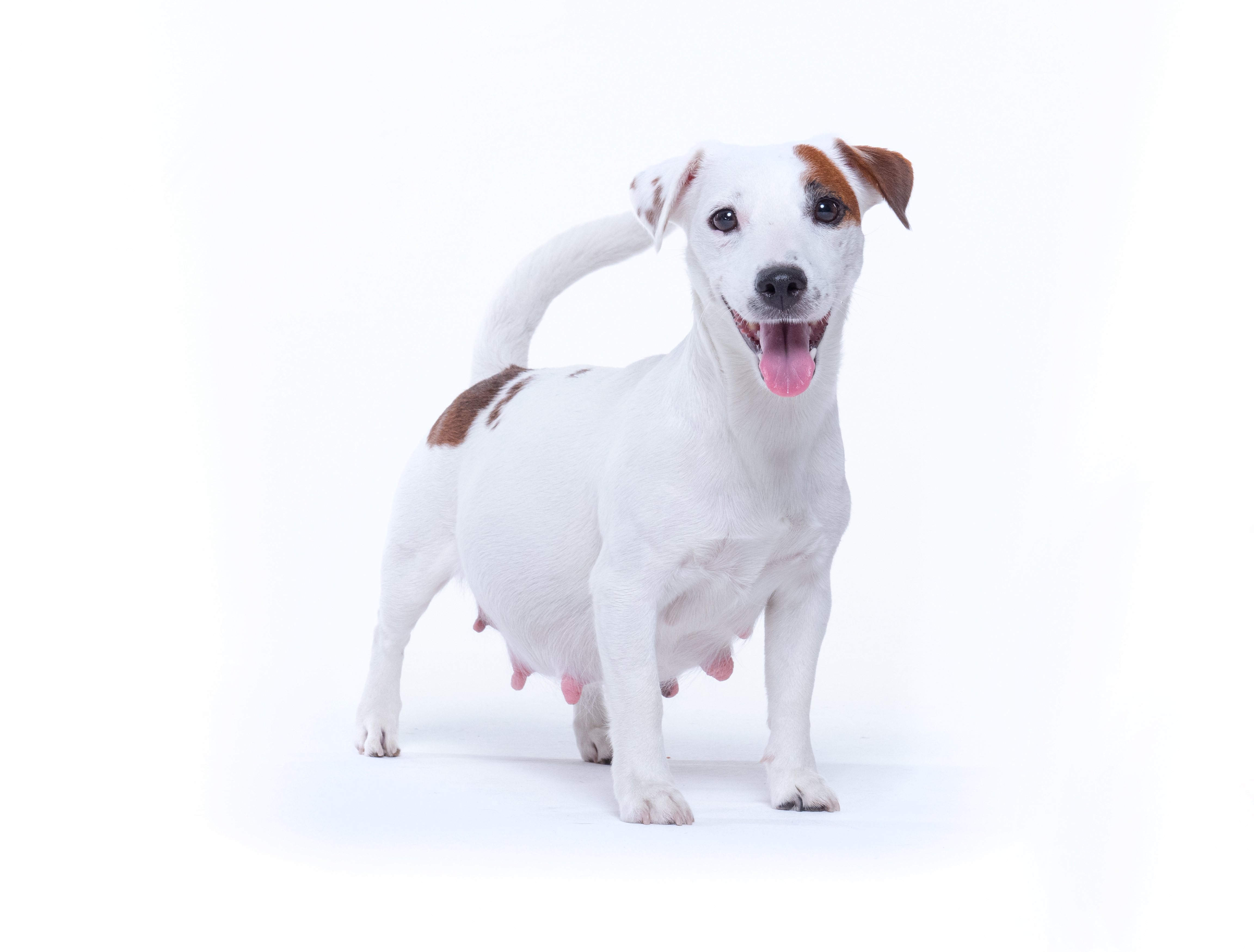
A comprehensive grasp of the dog estrous cycle, the symptoms of heat, and the optimal time for mating contributes to the health of the female canine and her future pups.
Whether you are a new puppy owner, a canine enthusiast, or a seasoned breeder, we aim to offer clear, accurate information to empower pet owners and breeders alike to make well-informed decisions that align with the best interests of their fluffy companions.
Canine Estrous Cycle: Basics & Timelines
The canine estrous cycle is an important aspect of a canine`s reproductive system, covering four stages, each with its characteristics and timelines. Understanding these phases is crucial for any canine breeder or owner, as it directly influences decisions regarding breeding and overall health care.
Proestrus
This first phase marks the moment when the heat cycle begins, lasting around 9 days, though it may sometimes reach even 27 days. During this stage, the female canine`s body prepares for potential pregnancy, exhibiting signs like swelling of the vulva and a bloody discharge. However, she won`t yet accept a male for mating.
Estrus
Following the first stage, the estrus phase lasts about 9 days, but sometimes it can reach 4 to 24 days. This is the actual fertile period when the female dog is receptive to mating. A noticeable change in the consistency and color of the vaginal discharge occurs, and she might, in fact, seek out male companionship.
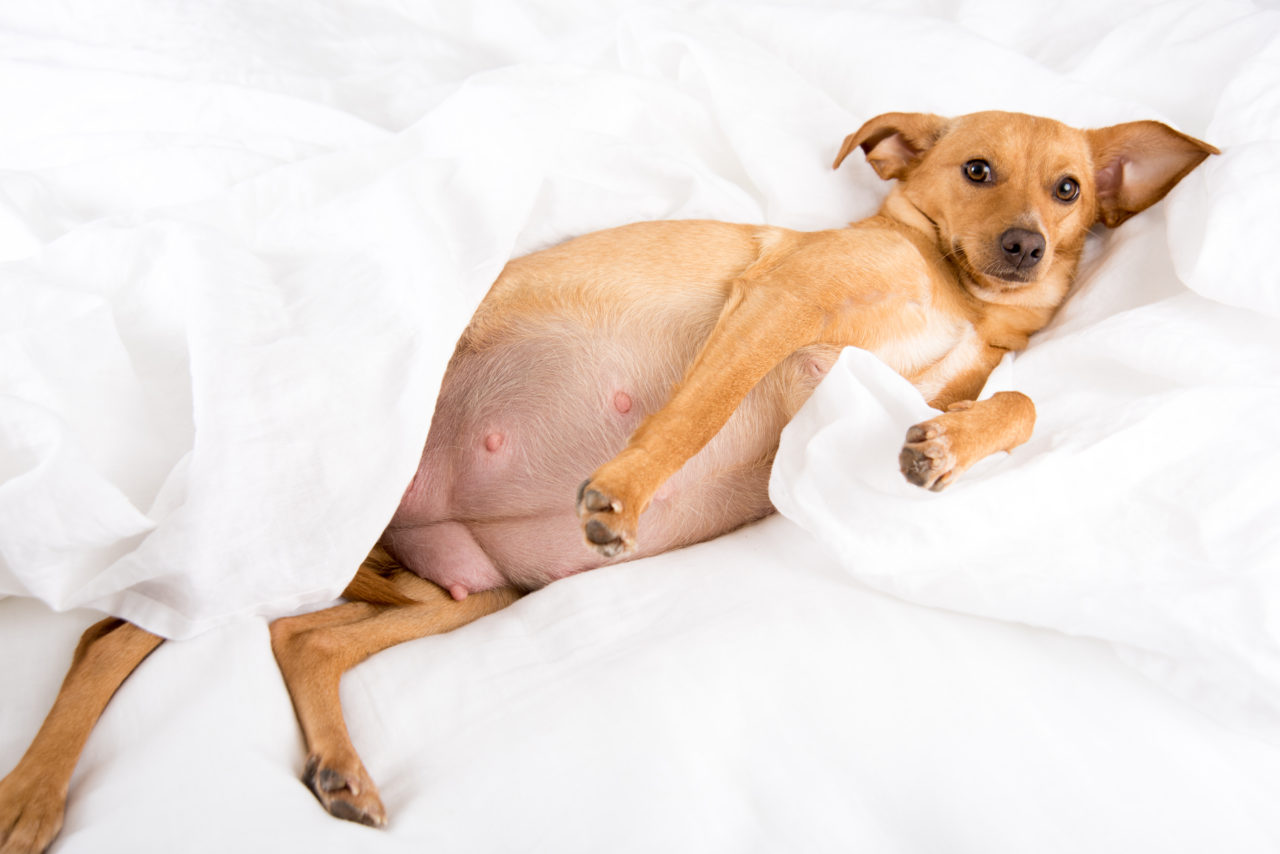
Diestrus
Diestrus signals the end of the female dog`s receptiveness, spanning around 2 months. No matter if the canine is pregnant, her body behaves as if it is undergoing hormonal changes that prepare for possible offspring. During the dietrus phase, any remaining signs of the heat cycle subside.
Anestrus
This is the final stage, anestrus, a period of reproductive dormancy that lasts about 4 months. The female canine`s body recovers and prepares for the next dog’s cycle.
Having the right knowledge about these stages and their related timelines is important for ensuring the welfare of the female canine, especially in managing breeding and ensuring appropriate recovery time between each pregnancy. – Click for more!
Post-Pregnancy Recovery: What Happens After Giving Birth
After a female canine gives birth, her body undergoes some changes as it transitions from pregnancy to postpartum, needing a phase of adjustment and recovery. This period is vital for her long-term well-being, health, and the dog’s ability to care for her new litter.
Physical Recovery
The female dog will experience physical changes as her body works to expel any remaining placental material and her sexual organs return to their non-pregnant state. This specific process might involve vaginal discharge, also called lochia, that may last a few weeks. In addition, her mammary glands will be active as she produces milk to nurse her pups.
Hormonal Adjustments
Hormonally, the canine`s body will shift away from the elevated levels of hormones related to the pregnancy, which can affect her behavior and mood. Some female dogs might experience a medical condition called “pseudopregnancy,” also known as a false pregnancy, exhibiting signs of pregnancy despite not carrying any potential offspring.
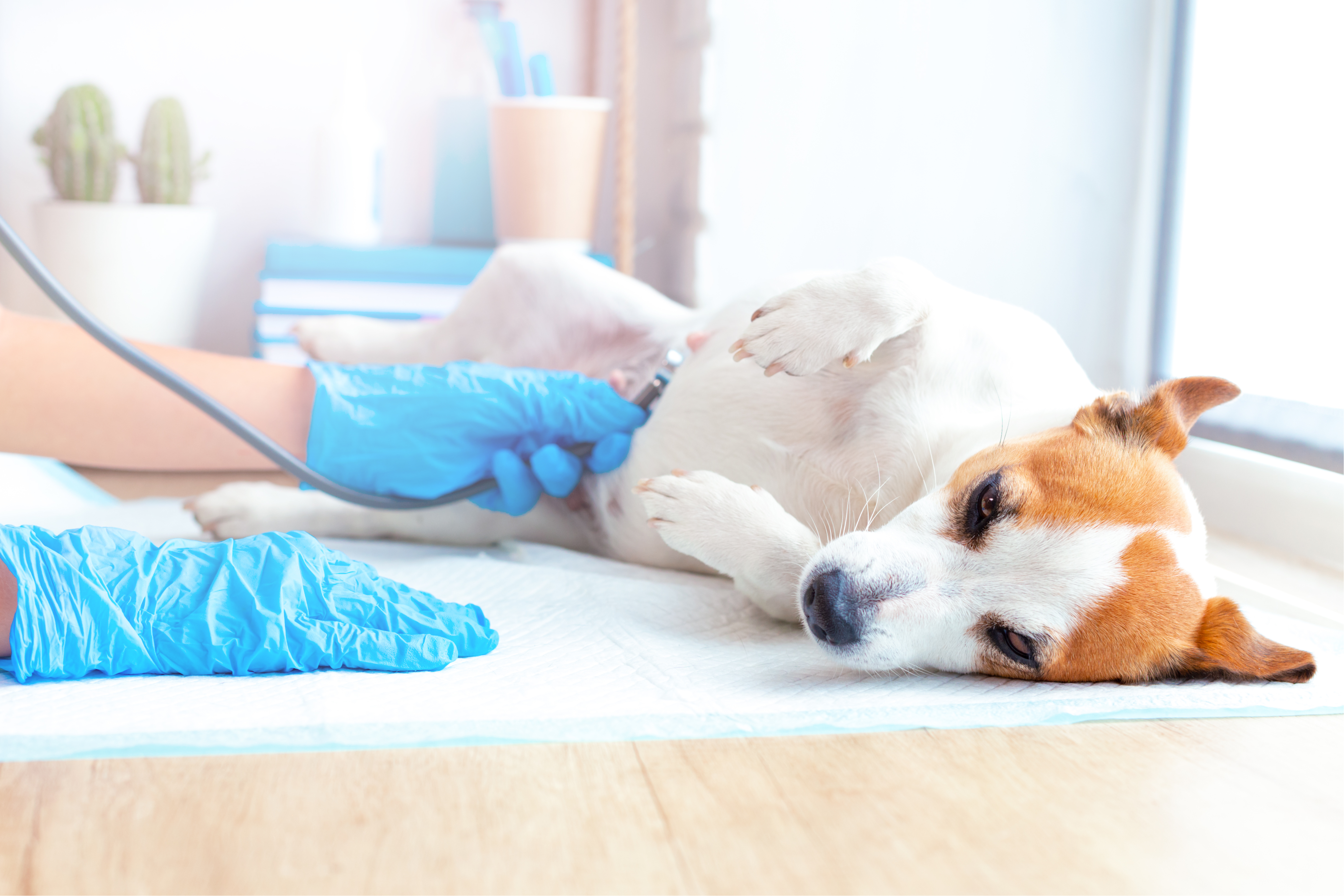
Nutritional Requirements
The female dog`s nutritional needs will also increase during this period, especially if she is actually nursing, needing a balanced and calorie-rich diet to help with milk production and her recovery.
Rest & Bonding
Adequate rest is vital for the dog`s recovery, and she will spend much time bonding with and caring for her pups. Also, this is when the pet owner should closely supervise the mother and her pups to ensure that all are thriving and healthy.
Understanding the nuances of the post-pregnancy recovery period is key for owners to offer their canine companions the required support and care. It makes sure that the female dog is offered the time she needs to properly recover before considering future breeding, promoting welfare and health in the long term.
Optimal Breeding Practices: Ensuring Health & Safety
Engaging in ethical and responsible breeding practices is paramount to ensuring your female canine companion’s and puppies’ safety and health. Optimal breeding involves careful planning, knowledge of dog genetics, and a commitment to the pets’ welfare.
Time & Frequency
Understanding the dog estrous cycle is vital for considering the optimal time for breeding. Generally, it`s advised to wait until at least the 2nd heat cycle, ensuring that the female canine is sufficiently mature physically and mentally to become a mother.
In addition, it`s essential to allow ample time between litters, offering the female dog`s body time to recover completely. Often, veterinarians advise a rest period of at least a full heat cycle.
Health & Genetic Screening
Before breeding, female and male canines should undergo thorough health and genetic screenings to check for genetic conditions and ensure they are in good health condition. This contributes to the canine parents’ well-being and improves the likelihood of making healthy pups.

Living Conditions & Care
Offering a clean, safe environment without any surrounding stress is essential for the pregnant canine and her pups. This should include vet care, the right nutrition, and constant supervision to address any possible problems immediately.
Ethical Considerations
Responsible breeders also consider the wider implications of bringing new pups into this world, ensuring there is a demand for the pups and that they can find a loving, permanent family for them.
By addressing these optimal breeding practices, canine owners and breeders can contribute to the safety and health of the canine family and encourage a responsible and ethical viewpoint on dog reproduction.
Risks of Frequent Breeding: Potential Health Implications
Engaging in frequent breeding without allowing enough time for a female canine to regain her strength properly can result in many health problems for the canine mother and her pups. Acknowledging and reducing these possible risks is vital for anyone involved in dog breeding.
Physical Strain on the Mother
Continuous canine breeding with short recovery periods significantly strains the female canine`s body. It might lead to depletion of essential nutrients, at least weakening her overall health if not resulting in life-threatening complications during subsequent births or pregnancies.
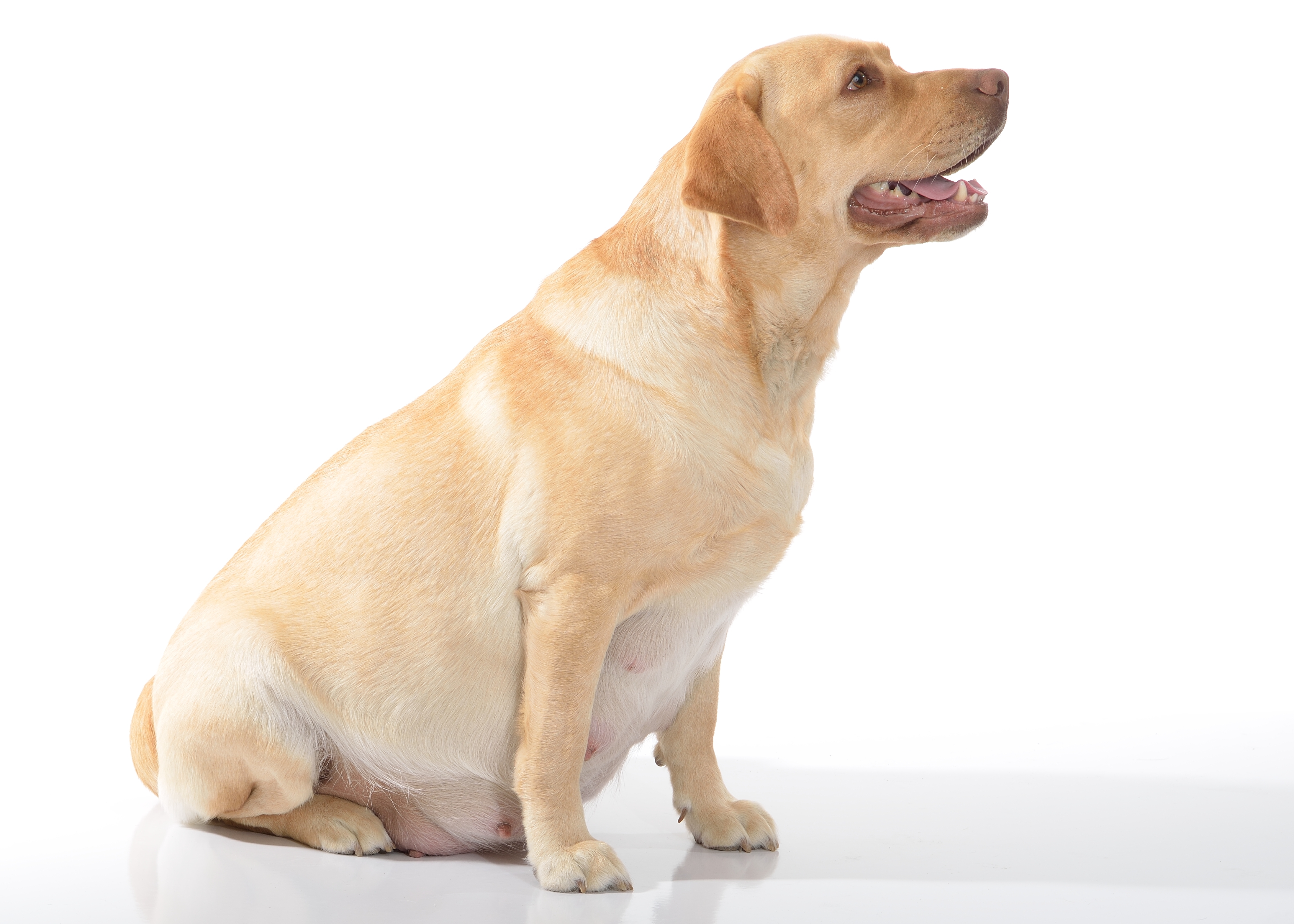
Impact on Pups
Also, the health of the pups might be compromised. Frequent dog breeding increases the likelihood of the pups being born with low birth weights, genetic defects, or developmental problems, especially if proper health and genetic screenings aren`t performed for each breeding.
Psychological Stress
Besides the physical implications, the constant cycle of pregnancy, birth, and nursing can also result in psychological stress for the mother dog. Much like humans, our furry friends require time to recover from the physical point of view and emotionally speaking after all the demands of raising a litter.
It`s essential to prioritize the health of the female canine to ensure her well-being and that of her puppies. This can easily be done by allowing her enough time to recover and ensuring she regains all her strengths before breeding again.
Veterinary Guidance: When to Seek Professional Advice
The involvement of a qualified veterinarian is vital in overseeing the reproductive health of a female canine, especially when thinking about breeding. Looking for expert advice ensures that the canine gets proper care and potential risks are diminished.
Pre-Breeding Health Check
Before breeding, a thorough health check by a qualified vet is crucial. This examination aids in identifying any underlying health problems that might make things difficult for the pregnancy or be passed on to her little ones. Also, it offers a chance to discuss the canine`s reproductive history and get professional advice on whether or not she is in good health condition for breeding.
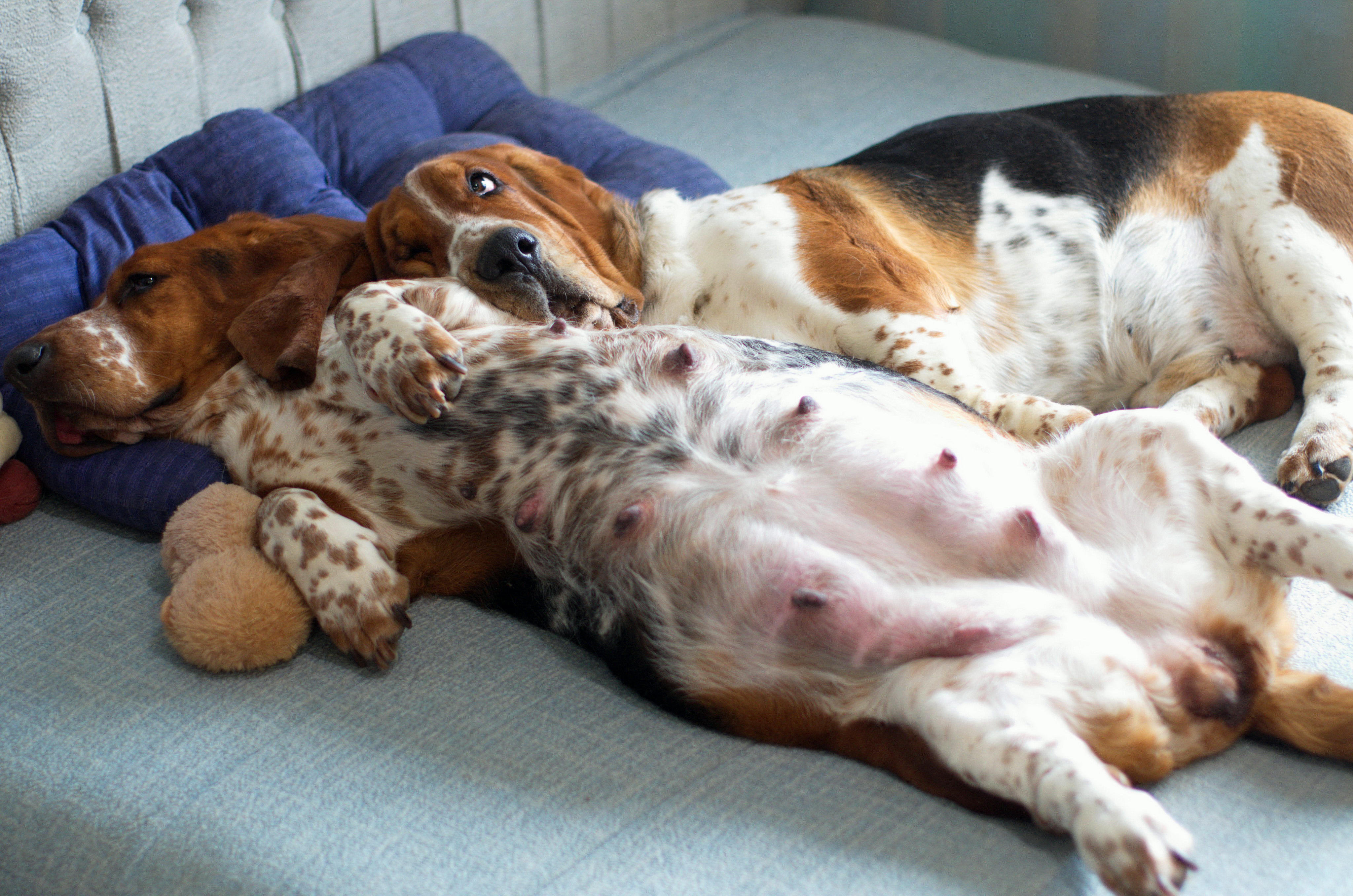
During Pregnancy & Birth
Regular veterinarian investigations throughout pregnancy help supervise the evolution and well-being of the mother dog and the developing pups. In case of any complications during birth, proper vet assistance is paramount. Specific dog breeds or individuals with a history of difficult births might need a planned C-section.
Post-Pregnancy Care
After the pups are born, the mother and her little puppies should be examined by a vet to ensure they are all in good health condition. Their mother might require guidance on recovery and postnatal care. – Check out this link!
Making Informed Decisions
Also, a vet can offer significant advice regarding the frequency of breeding and the proper time to retire a female canine from breeding altogether.
Vet guidance becomes indispensable in all reproductive cycle stages, from pre-breeding preparation to post-pregnancy care. It ensures that the female dog and her little ones get the care they require for a successful breeding experience.
Conclusion: Promoting Responsible Pet Ownership
Every stage, from considering breeding to taking care of your pregnancy canine companion and her little puppies, needs knowledge, diligence, and commitment.
Responsible dog ownership starts with educated decision-making. Pet owners must be well-informed about the particular requirements and possible risks linked to breeding, ensuring they are ready for the responsibilities yet to come.
The top priority should always be the health and well-being of the canine mother and her pups. This should include offering proper medical care, nutrition, and a safe environment. Lastly, all the ethical decisions regarding the dog`s breeding must also be considered.
